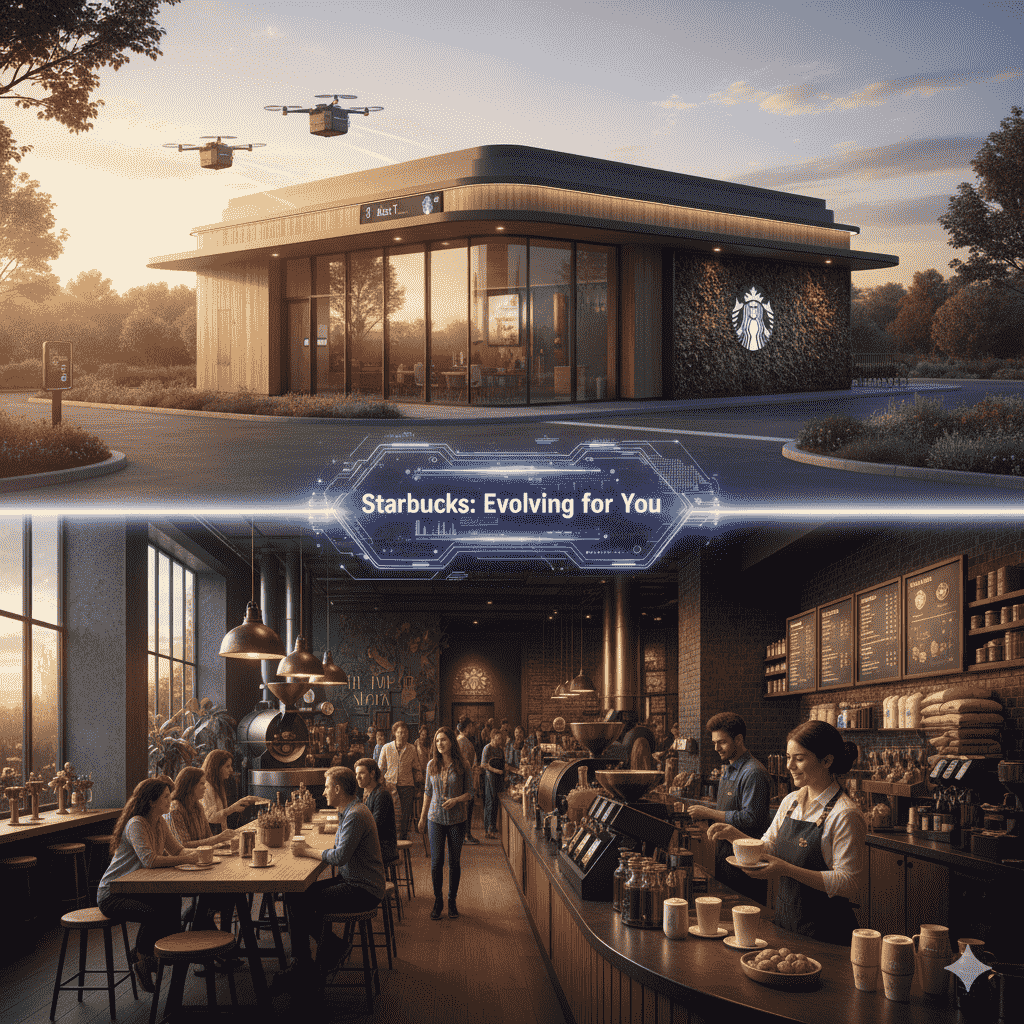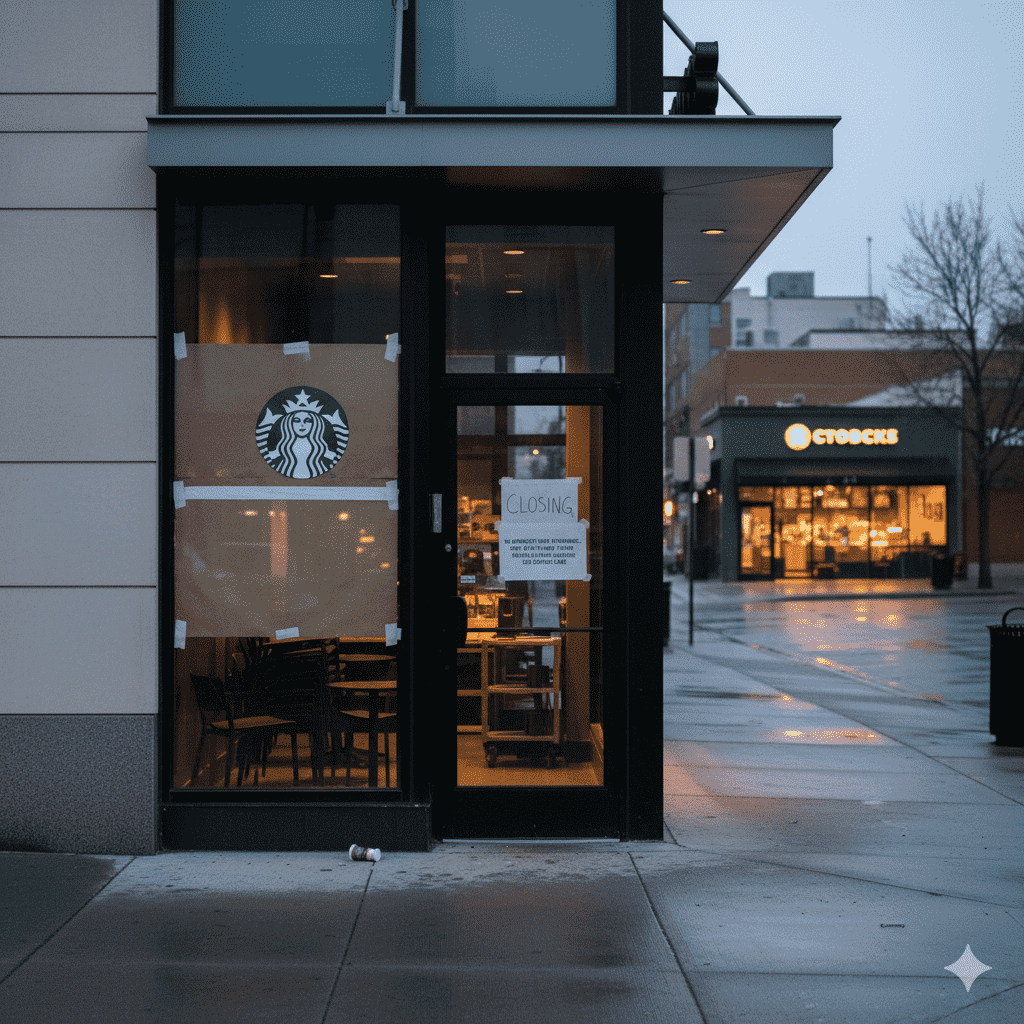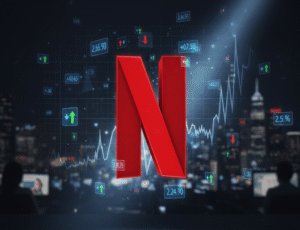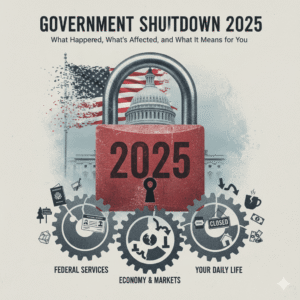Why Starbucks Closing Stores?
In recent months, headlines about Starbucks stores closing have sparked concern among customers, investors, and employees alike. With hundreds of store closures and ongoing restructuring, many are asking: Why is Starbucks closing stores? Let’s break down what’s happening, why the company is making these moves, and what it means for the future of the world’s most famous coffee chain.
Starbucks Store Closures: What’s Really Happening
Starbucks has announced plans to close hundreds of underperforming locations in the U.S. and other markets. These Starbucks store closures are not just about shutting down coffee shops—they’re part of a larger strategy to reshape how and where Starbucks operates.
According to company updates, closures are largely targeting stores with low sales, high operational costs, or locations that no longer align with customer demand. Some closing Starbucks stores are being replaced with new formats such as drive-thru, pickup-only, or delivery-focused outlets.
Why Starbucks Is Closing Stores
- Changing Consumer Habits
Customers are increasingly favoring mobile orders, drive-thru, and delivery. Starbucks is reallocating resources to focus on these high-growth areas. - Restructuring and Cost Control
With inflation, rising rents, and labor costs, Starbucks is undergoing restructuring. This includes Starbucks restructuring closures layoffs, which the company says are designed to streamline operations. - Post-Pandemic Foot Traffic Shifts
Many urban stores have seen decreased demand as remote work continues. Suburban drive-thru locations, by contrast, are thriving.

Starbucks Stock and Investor Impact
These changes have direct implications for investors following Starbucks stock (SBUX). Store closures can initially raise concerns, but the strategy is meant to strengthen long-term profitability. Analysts note that shifting toward more profitable store formats could stabilize SBUX stock performance, especially as the company leans into digital sales and loyalty programs.
What About Starbucks Employees?
Alongside closures, Starbucks is facing layoffs. While some employees from closing Starbucks stores may be transferred to nearby locations, others are impacted by Starbucks layoffs. The company has said it remains committed to offering career opportunities, but unionization efforts and worker dissatisfaction have been in the spotlight.
Starbucks Reserve and Flagship Stores
While regular stores are closing, premium experiences remain part of the brand’s identity. Locations like the Starbucks Reserve Seattle roastery continue to draw crowds, serving as symbols of the company’s focus on innovation and upscale coffee experiences.
Which Starbucks Are Closing?
One of the most searched questions is which Starbucks are closing. Starbucks typically does not release a full closure list far in advance. Instead, announcements are made locally, often catching customers by surprise. If you’re concerned about your neighborhood café, the best source is local news or signage at the store itself.
Starbucks News: The Bigger Picture
While Starbucks closures sound alarming, the strategy is not about shrinking—it’s about repositioning. Starbucks remains one of the largest coffee chains in the world, with thousands of locations globally. These closures are designed to fuel growth in digital-first, convenience-driven formats that align with where the coffee market is heading.
To read more blogs: Walmart Recall: Listeria Outbreak Tied to Chicken Alfredo Meals
Final Thoughts
The story of Starbucks closing stores is less about decline and more about transformation. Starbucks is adapting to a changing coffee culture, betting on digital sales, drive-thrus, and premium experiences while scaling back on traditional cafés in saturated or underperforming markets.
For customers, this means some familiar locations may disappear, but new and more convenient options are on the way. For investors watching Starbucks stock, the focus will be on whether this restructuring delivers sustainable growth.
In short: Starbucks isn’t going away—it’s evolving.







